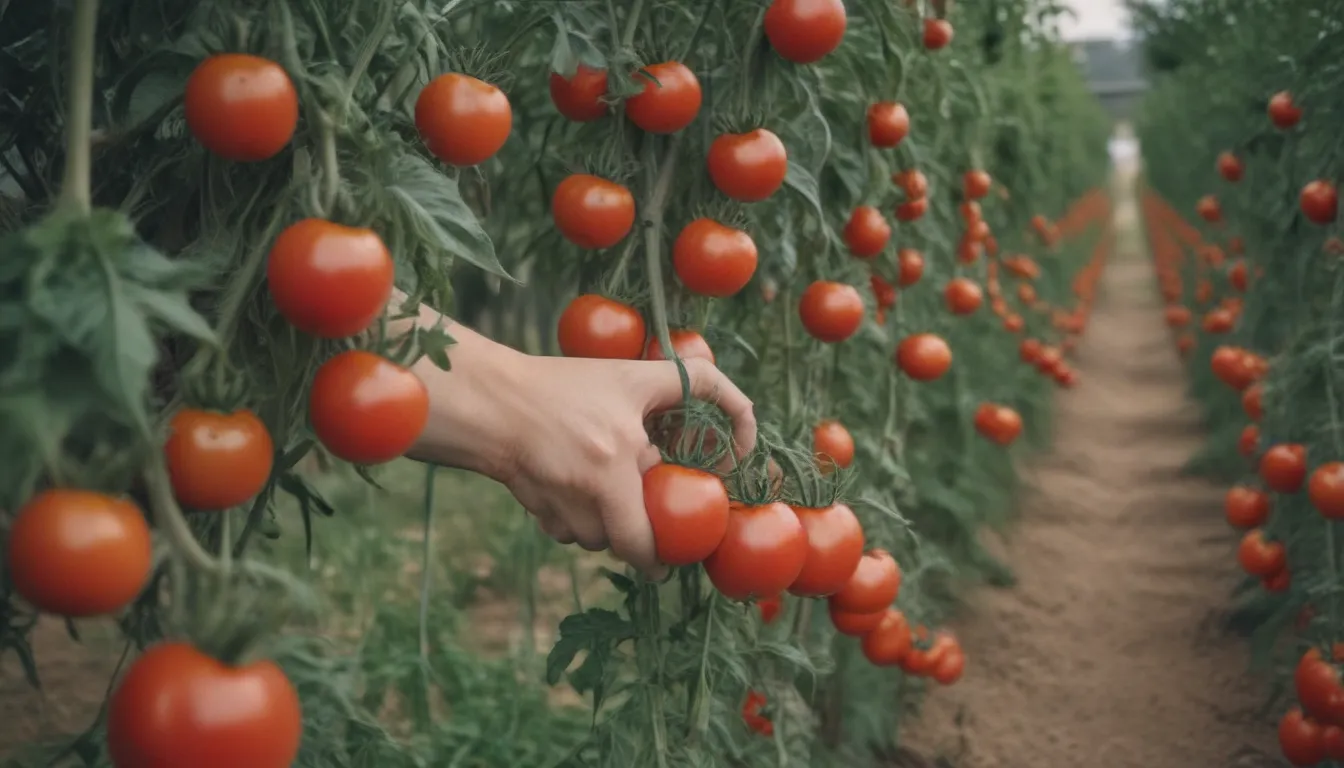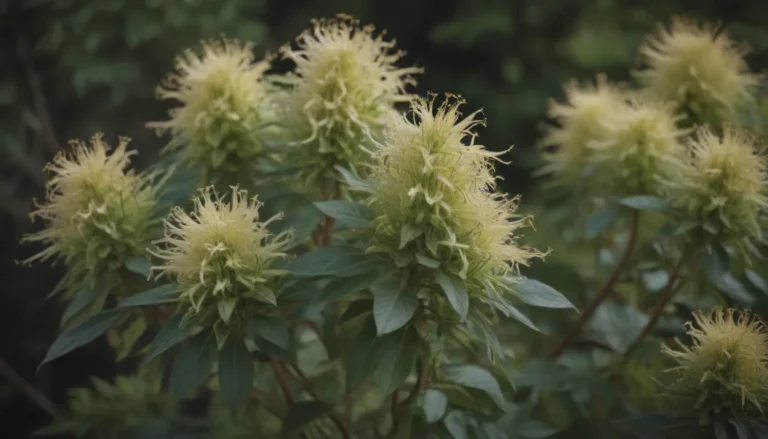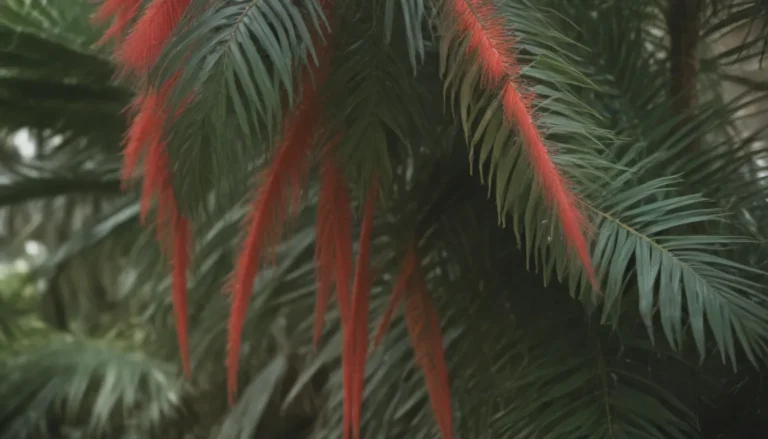Tips for Pruning Indeterminate Tomatoes to Maximize Your Harvest

Are you looking to grow the biggest, most delicious tomatoes in your garden this year? Pruning your indeterminate tomato plants is a key practice to help you achieve that goal. By carefully trimming and shaping your plants, you can encourage healthier growth and a bountiful harvest of ripe, juicy fruit. In this comprehensive guide, we’ll walk you through when and how to prune your indeterminate tomatoes for the best results.
The Importance of Pruning Indeterminate Tomatoes
Indeterminate tomato varieties are known for their vigorous, sprawling growth habits. Without proper pruning, these plants can become unruly and difficult to manage. By selectively removing excess growth, you can focus the plant’s energy on producing larger, more flavorful tomatoes.
While some gardeners debate the necessity of pruning indeterminate tomatoes, there are clear advantages to adopting this practice:
- Controlling the plant’s size and shape
- Improving air circulation to prevent disease
- Preventing fruit/soil contact for higher quality tomatoes
When to Prune Indeterminate Tomatoes
Pruning indeterminate tomatoes should be done at two key times during the growing season:
-
Early Pruning: This is typically done in the first few weeks of vegetative growth to limit the number of vines and encourage strong, healthy growth.
-
Late Pruning: As the end of the growing season approaches, usually around six to eight weeks before the first frost, late pruning involves cutting back vines to focus the plant’s energy on ripening existing fruit.
How to Prune Indeterminate Tomatoes
Early Pruning Techniques
-
Inspect Your Plants: Regularly check your tomato plants for new growth and potential suckers that need to be removed.
-
Choose a Pruning Method: Decide whether you want to maintain a single main stem or allow for two main vines with selective pruning of secondary vines.
-
Remove Suckers: Pinch out small suckers at the junction of the main stem and branches to prevent excessive vine growth.
Late Pruning Strategies
-
Remove Unproductive Vines: Trim back any vines that are not producing fruit to focus the plant’s energy on ripening existing tomatoes.
-
Cut Back Vines: Prune back vines to viable fruit clusters to encourage ripening before the end of the season.
-
Clean Up Leaves: Remove any remaining flowers and small, immature fruits that are unlikely to ripen before the first frost.
Tips for Successful Pruning
-
Prune Early for the Best Yield: Pruning your indeterminate tomatoes in the first couple of weeks of growth can lead to a larger harvest.
-
Continue Pruning Throughout the Season: Regularly removing suckers and excess growth can result in a slightly smaller but higher quality harvest.
-
Avoid Over-Pruning: While it’s important to control excessive growth, be cautious not to remove too much foliage, as this can limit the size of your harvest.
In Conclusion
Pruning your indeterminate tomatoes is a simple yet effective way to promote healthy growth and maximize your harvest. By following these tips and techniques, you can ensure that your plants produce the biggest, tastiest tomatoes possible. So grab your pruners and get ready to transform your garden into a tomato lover’s paradise!





